The dynamic cityscape of Vancouver is experiencing a captivating transformation as once bustling commercial spaces find new life as inviting residential havens. This urban trend, known as adaptive reuse, has gained momentum in recent years, breathing fresh energy into the city’s architecture and offering a unique solution to the growing demand for housing. In this blog post, we’ll delve into the phenomenon of repurposing commercial spaces into residential units in Vancouver, exploring the motivations behind this shift and the positive impacts it brings.
Embracing Innovation
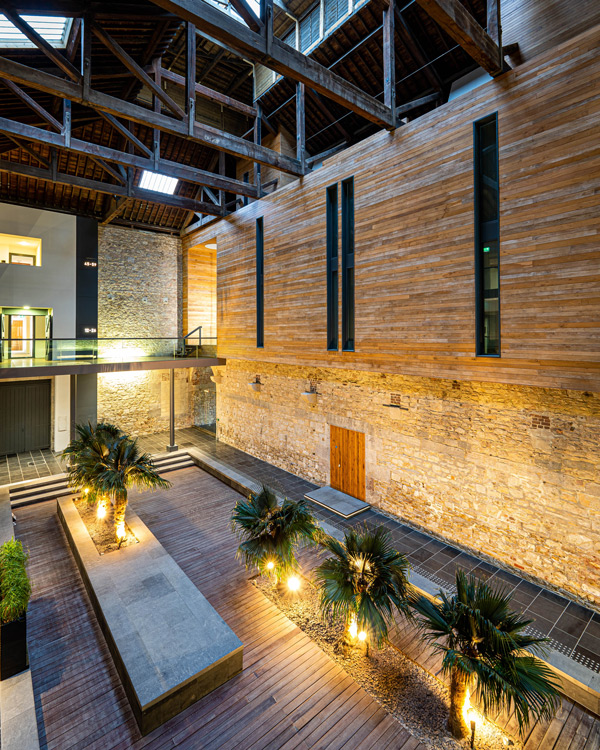
The scarcity of available land for new construction in Vancouver has driven urban planners and architects to think outside the box. Repurposing existing commercial spaces such as old offices, warehouses, and storefronts into residential units presents an innovative solution to the city’s housing challenges. This approach not only maximizes the use of existing structures but also encourages sustainable development by reducing the need for new construction and minimizing urban sprawl.
Preserving Architectural Heritage

Vancouver’s architectural history is rich and diverse, reflecting its growth and evolution over the years. By transforming commercial spaces into homes, the city pays homage to its past while breathing new life into iconic buildings. The character and charm of these structures are often preserved through adaptive reuse, with features like exposed brick walls, high ceilings, and large windows retained to create a unique blend of historical and modern aesthetics.
Urban Renewal and Community Building
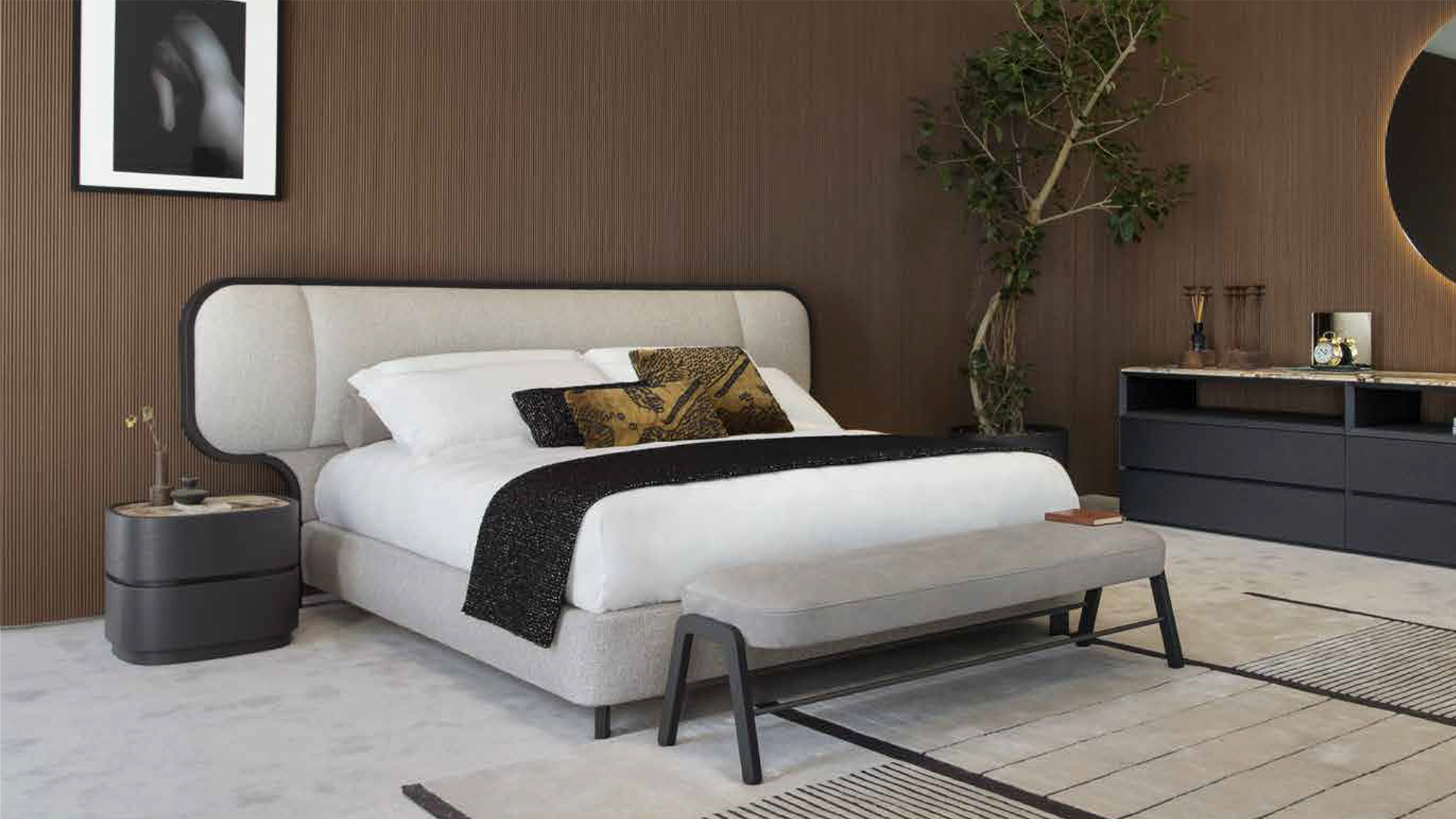
Tako Bed by Conte – Italian Bed Design – Ark Interiors
The conversion of commercial spaces into residential units contributes to urban renewal and community building in several ways. Once-abandoned or underutilized buildings are transformed into vibrant hubs of activity, attracting residents who share a common appreciation for repurposed architecture and innovative design. As a result, new pockets of community spirit emerge, fostering connections and collaboration among neighbors who are drawn to the charm of these transformed spaces.
Flexible Living Environments
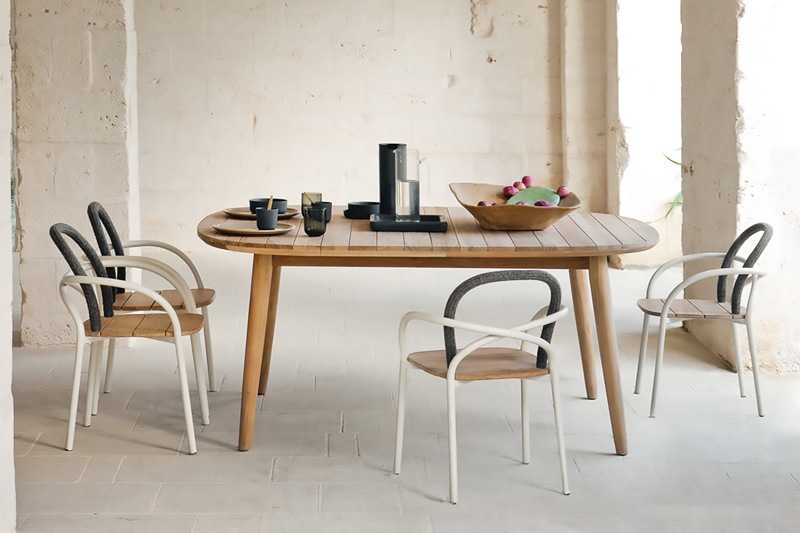
HD Les Arcs Table by Unopio – Ark Interiors
The adaptability of repurposed commercial spaces offers a distinct advantage in the design of living environments. Former retail spaces can become spacious loft-style apartments, while former offices can be reimagined as open-concept homes. The absence of rigid floor plans allows for creative customization, enabling residents to mold their living spaces to suit their individual lifestyles. This flexibility aligns with the changing preferences of modern urban dwellers who seek versatile, multifunctional living areas.
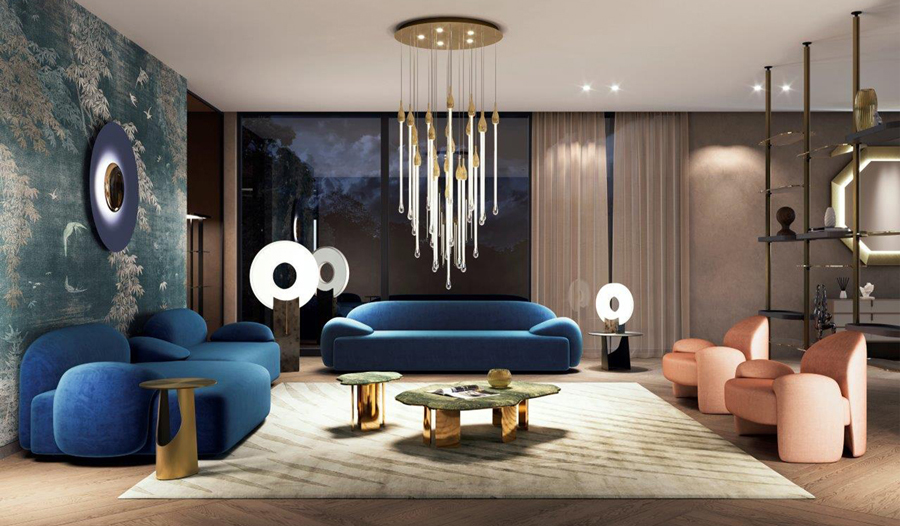
Ama Sofa by Paolo Castelli – Ark Interiors
While the conversion of commercial spaces into residential units presents exciting opportunities, it’s not without its challenges. Adhering to zoning regulations, obtaining necessary permits, and addressing structural and technical considerations can be complex. Each building’s unique architecture and history also require careful planning to ensure that the integrity of the space is preserved while meeting modern living standards. Prospective residents and developers must work collaboratively with experts to navigate these challenges successfully.
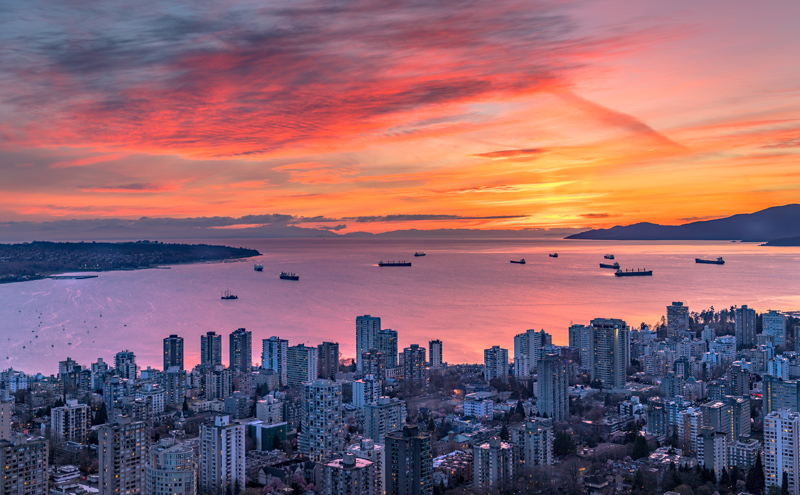
The transformation of commercial spaces into residential havens is a remarkable testament to Vancouver’s commitment to sustainable urban development and architectural innovation. By repurposing these spaces, the city not only addresses its housing needs but also celebrates its heritage and encourages creative communities to flourish. Vancouver’s adaptive reuse movement exemplifies the power of blending history and modernity, offering a glimpse into the exciting future of urban living in one of Canada’s most vibrant cities.


